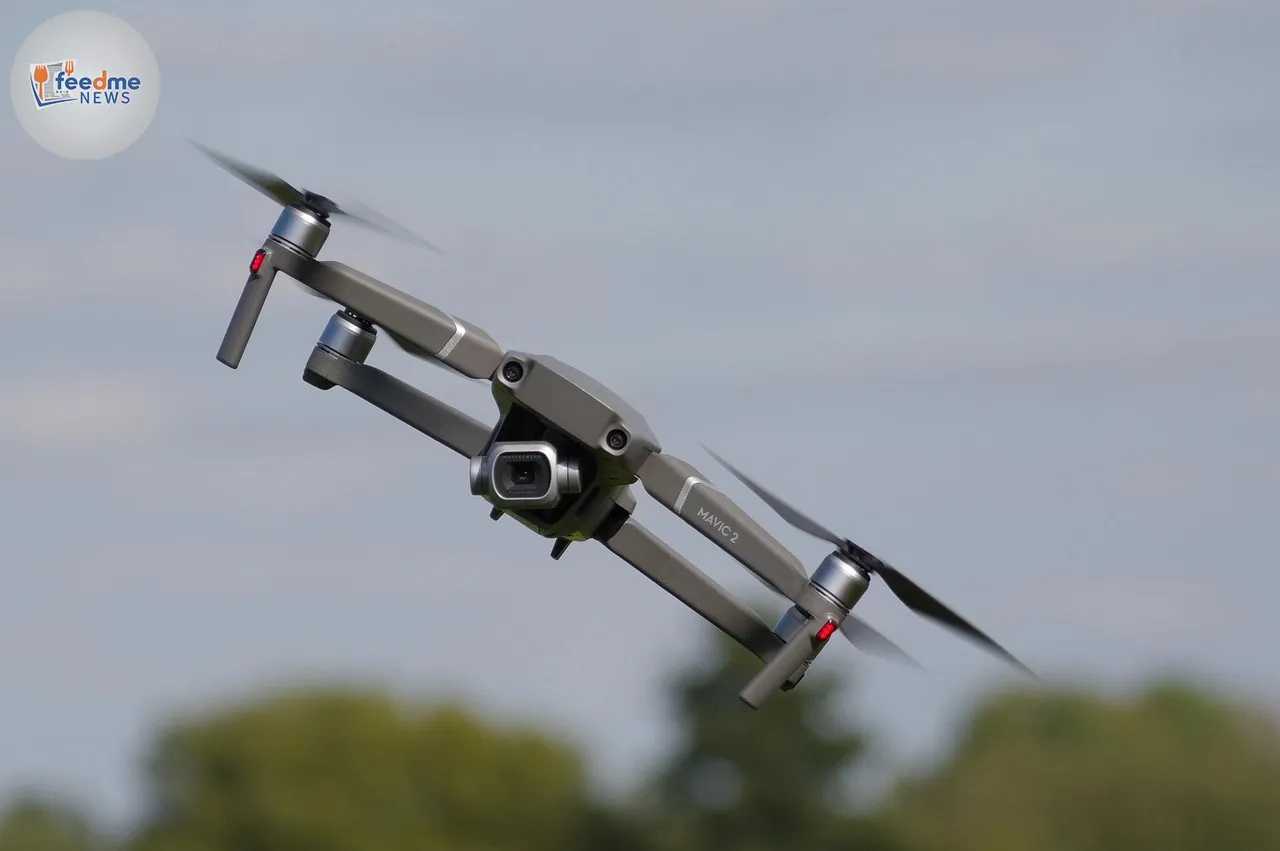In a scene reminiscent of a science fiction film, police officers in San Bruno, California, found themselves in a peculiar situation last week. During a routine DUI enforcement operation, they stopped a vehicle for making an illegal U-turn, only to discover there was no driver behind the wheel. The vehicle in question was a Waymo, part of the autonomous ride-hailing fleet dominating the San Francisco Bay Area. The incident raises questions about the legal implications of autonomous vehicles and how law enforcement should handle such situations.
The Incident: Timing and Location
The event occurred late last Friday night during a planned DUI enforcement sweep in the city of San Bruno. The officers were on alert for traffic violations when they noticed a Waymo vehicle completing an illegal U-turn at a traffic signal. Pulling the vehicle over, they found themselves face-to-face with an empty driver’s seat. The San Bruno Police Department later shared the occurrence on social media, highlighting the unique challenge of issuing a ticket to a driverless car.

Navigating New Legal Terrain
The encounter underscores the evolving legal landscape surrounding autonomous vehicles. California, a leader in testing and deploying self-driving technology, has yet to establish comprehensive regulations on how traffic laws apply to machines rather than humans. According to local traffic laws, a citation requires identifying an offender, but as the San Bruno officers humorously noted, their citation books lack a category for “robot.” This incident illustrates the urgent need for clear legislation that addresses these technological advancements.
Waymo’s Role in Autonomous Innovation
Waymo, a subsidiary of Google’s parent company Alphabet Inc., has been at the forefront of developing autonomous vehicle technology. Operating in several US cities, Waymo’s fleet is a testament to the rapid advancements in artificial intelligence and machine learning. These vehicles are equipped with state-of-the-art sensors and software designed to navigate roads without human intervention. However, as this incident shows, even the most advanced systems can encounter unexpected scenarios that challenge existing legal frameworks.
Expert Insights on Autonomous Vehicle Regulation
Legal experts and technologists agree that incidents like the one in San Bruno highlight the necessity for updated traffic laws. Professor Sarah Thompson, a legal scholar specialising in technology law, explains, “Autonomous vehicles operate in a grey area of our current legal system. We need regulations that can adapt to the unique challenges presented by these technologies.” As more driverless cars hit the roads, the call for regulatory frameworks that balance innovation with public safety grows louder.
Public Reaction and Safety Concerns
The public’s response to the incident has been mixed. Some view it as a humorous anecdote illustrating the quirks of modern technology, while others express concern over safety and accountability. Autonomous vehicles promise to reduce human error on the roads, but they also raise questions about liability in case of traffic violations or accidents. The San Bruno incident serves as a reminder that as technology evolves, so too must our approaches to safety and accountability.
The Future of Driverless Cars on Public Roads
With companies like Waymo pushing the envelope on autonomous driving, the future of transportation is poised for significant change. The benefits of this technology are numerous, from reducing traffic congestion to lowering emissions and improving road safety. However, as demonstrated by the recent incident, integrating these advancements into society requires careful planning and regulation. Policymakers must work alongside technology developers to ensure that the transition to driverless vehicles is smooth and safe for all road users.
In the wake of the San Bruno incident, the conversation around autonomous vehicles continues to evolve. As cities and states grapple with the challenges and opportunities presented by driverless technology, the need for comprehensive legal frameworks becomes increasingly apparent. The incident serves as a catalyst for discussions on how to effectively regulate and integrate autonomous vehicles into our daily lives, ensuring that they enhance, rather than disrupt, the safety and efficiency of our transportation systems.





